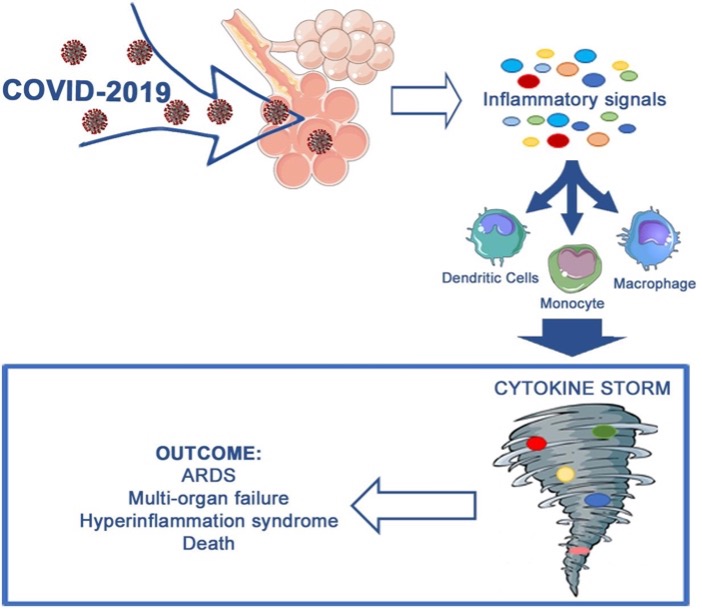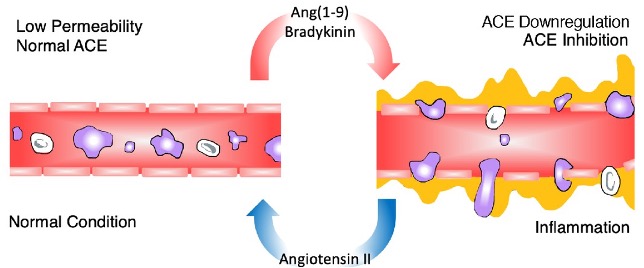
Dr Asmida Isa1, Dr Emmanuel Jairaj Moses1 & Dr Nur Arzuar Abdul Rahim1
Kluster Perubatan Regeneratif, Institut Perubatan dan Pergigian Termaju, Universiti Sains Malaysia.
The Covid-19 pandemic continues to spread around the world, with a total number of more than 261 million cases have been recorded till date (November 2021). Five million deaths have been reported thus far, making the global death rate of 279 per 100, 000 population, a whopping 17-fold higher than the death caused by influenza and pneumonia recorded in the US between 1999 to 2019.
Data have shown that Covid-19 disease is associated with multiple organ failures that would lead to tissue injury and ultimately death. The risk increases with age as well as those who have underlying medical conditions. Among these patients, cancer patients are reported to be more vulnerable towards Covid-19.
Cancer patients are at greater risk of contracting Covid-19 disease. They are more likely to develop severe symptoms, experience mechanical respiratory support and associated higher risk of death. Lung cancer patients recorded a higher number of Covid-19 cases; however, patients with haematological malignancies are more vulnerable to hospitalisation, develop severe symptoms as well as deaths. The risk to manifest the aforementioned clinical outcomes is also greater among patients who are at advanced stage of tumour.
The severity of Covid-19 disease outcomes has been linked to cytokine storm, a phenomenon to describe an uncontrolled immune response (Figure 1). Due to the high load of the virus in the body, immune system releases unusually a large amount of cytokines that lead to sepsis, tissue injury, multiple organ failures and ultimately a possible death. To aggravate the situation, cancer patients usually have low level of white blood cells making them less protective and more prone to infections. Furthermore, chemotherapy patients have their immunity compromised as most anti-cancer agents suppress the immune response. Besides, tumour cells have its own mechanism to escape the immune detection and reaction making the patients more susceptible to Covid-19 infection and subsequent adverse outcomes.

Figure 2: Excessive secretion of bradykinin constricts the blood vessel and causes leakines. This leads to inflammation of the surrounding tissue (Adapted from Garvin et al., 2020).
Furthermore, “bradykinin storm” is also reported to be responsible for the adverse lung symptoms among Covid-19 patients and is highly expressed among them. Bradykinin functions to tighten the blood vessels, hence increasing blood pressure. Excessive secretion of bradykinin leads to swelling and inflammation of the surrounding tissues (Figure 2). Besides, hyaluronic acid (HA) is also secreted excessively in lung samples of Covid-19 patients. HA can absorb a large amount of water and forms a hydrogel.

Figure 2: Excessive secretion of bradykinin constricts the blood vessel and causes leakines. This leads to inflammation of the surrounding tissue (Adapted from Garvin et al., 2020).
The combination of “bradykinin storm” and excessive secretion of HA is suggested to cause the thick mucous production in patients. Moreover, bradykinin is degraded by a protein named ACE. In Covid-19 patients, ACE expression is low, but scientist saw an increased expression of ACE2, the protein that facilitates the entry of SARS-CoV-2 virus into the cells. Interestingly, ACE2 is part of the Renin Angiotensin System (RAS) which is implicated in immune cell infiltration in various cancer cells. ACE2 expression was reported to be higher in cancer cells than in healthy cells and this could explain the adverse clinical outcomes seen in Covid-19 patients with underlying cancer disease.


